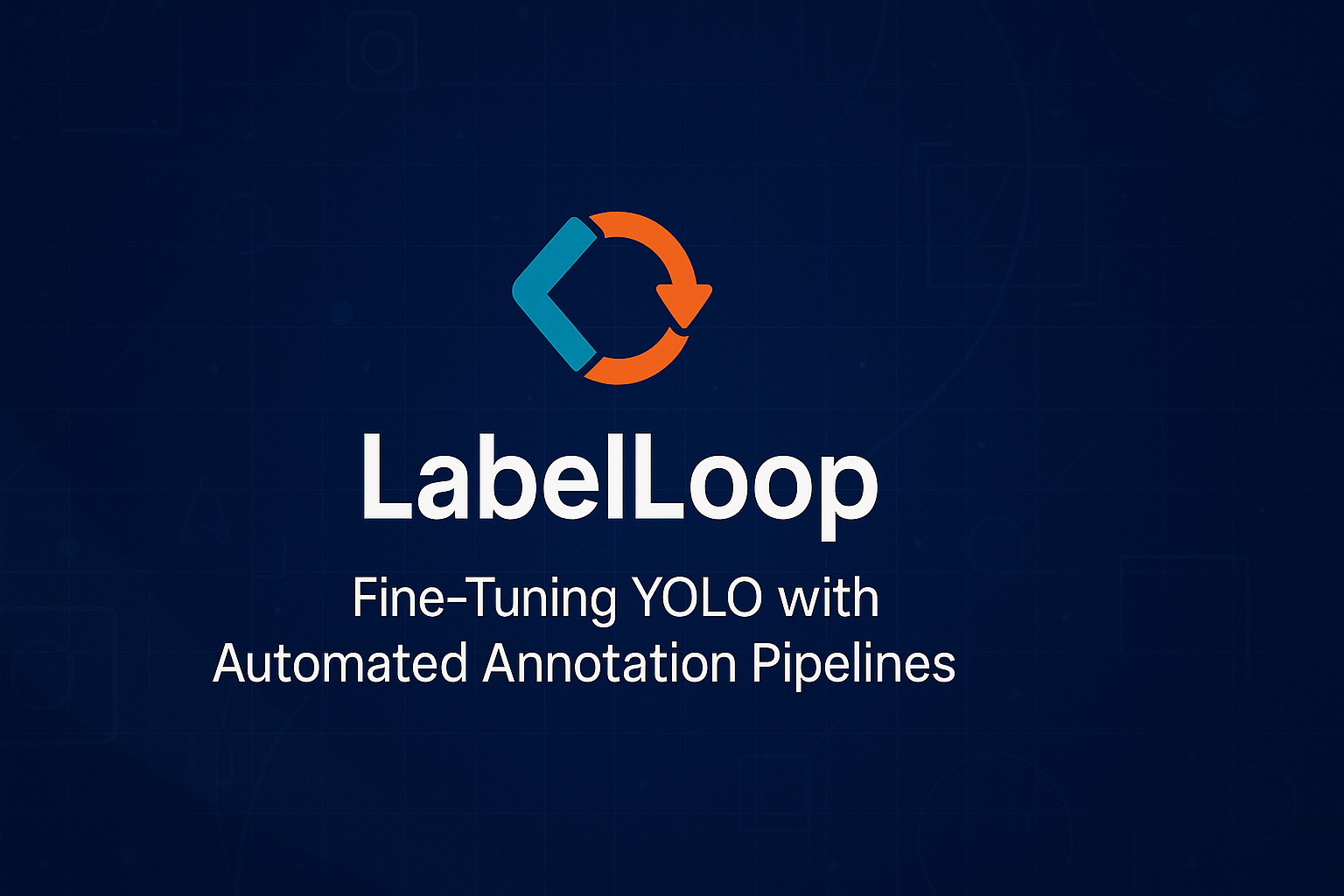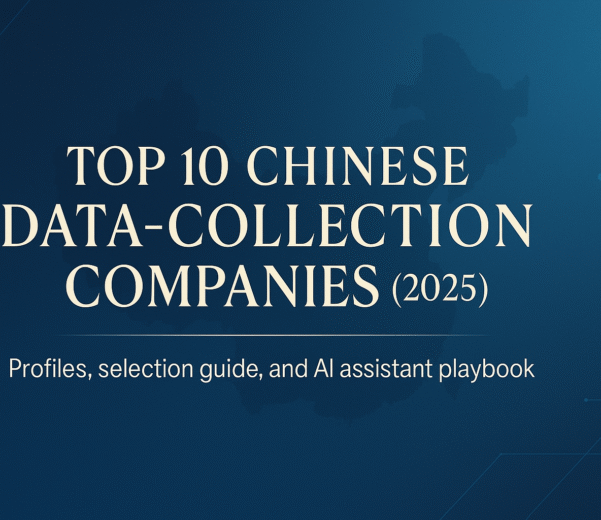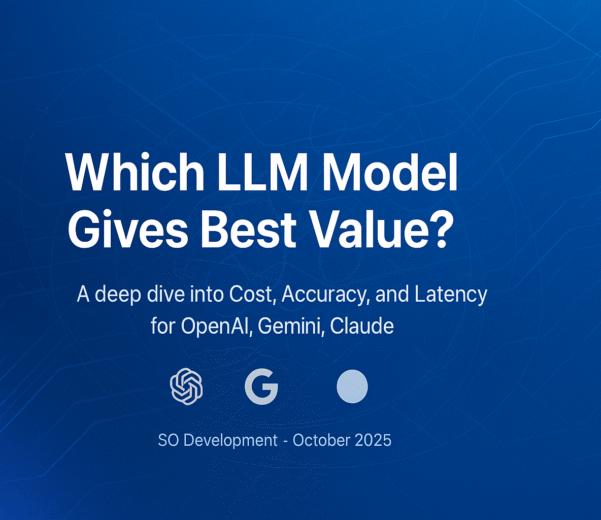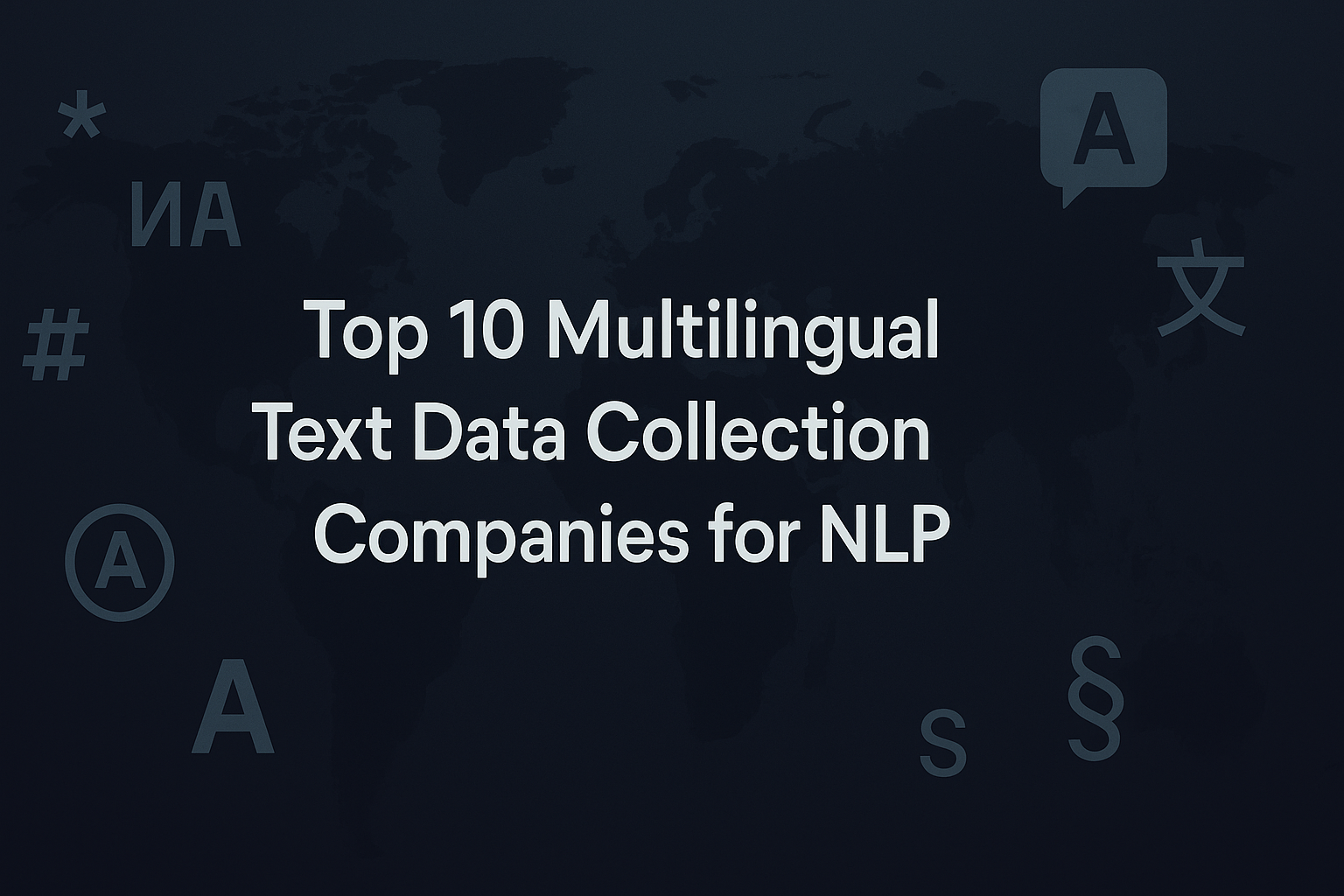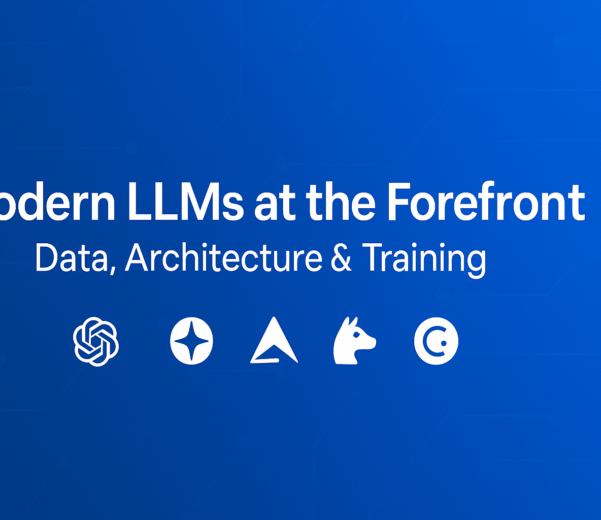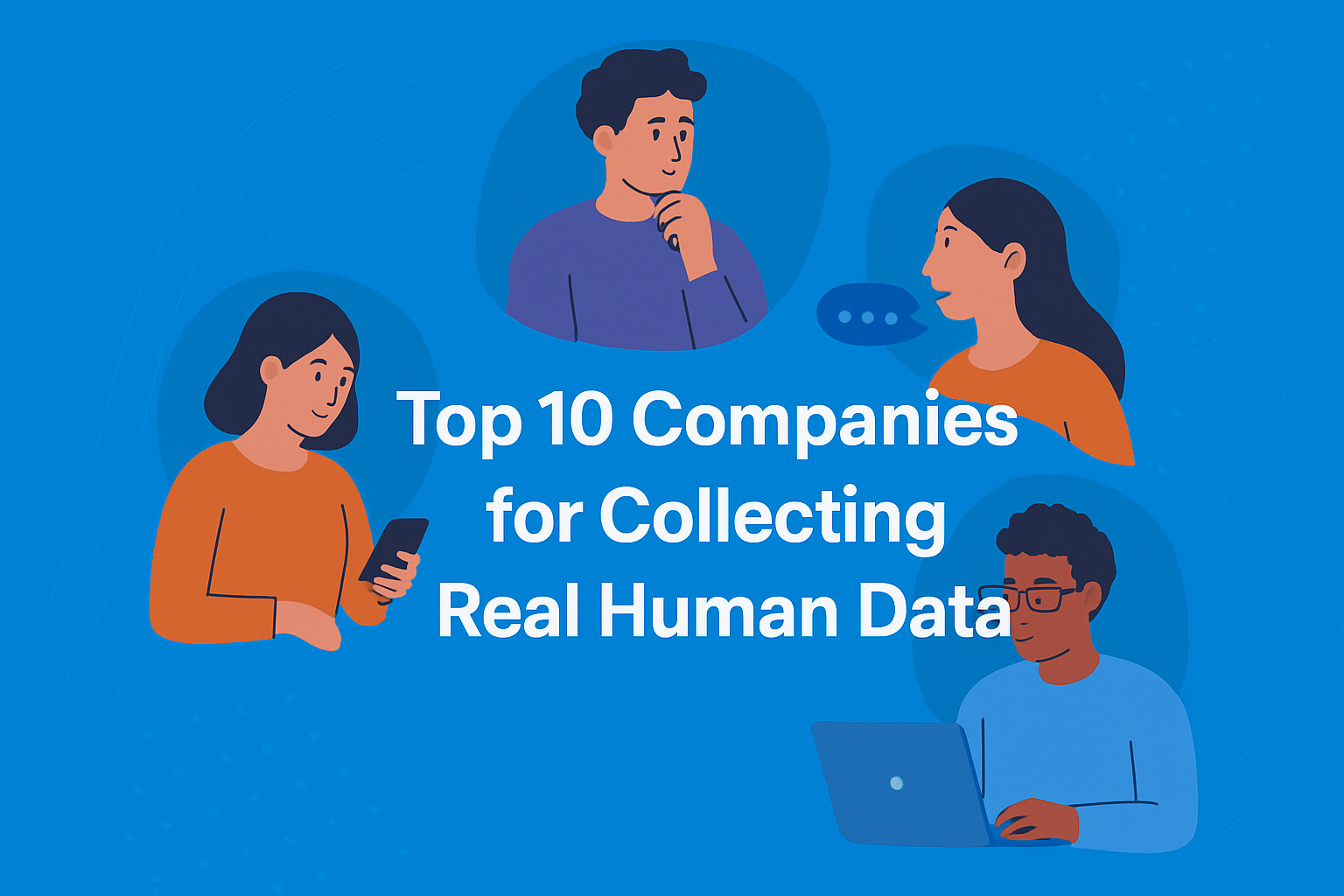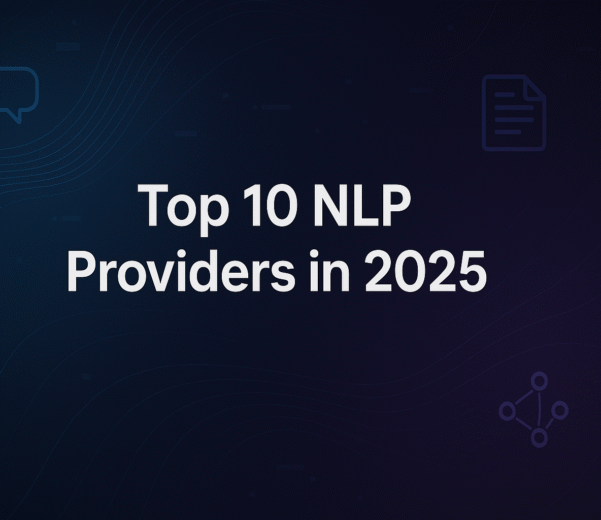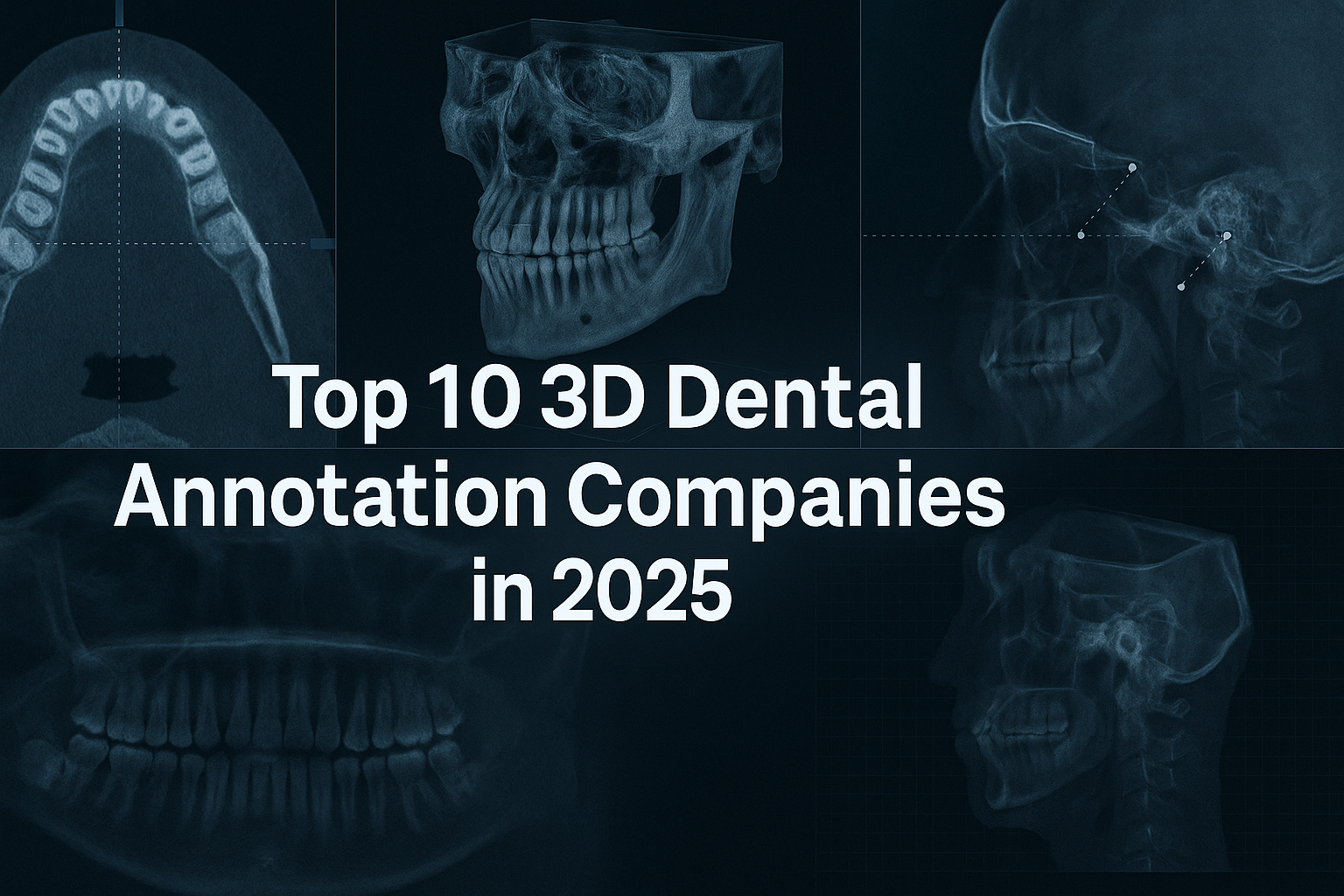Artificial Intelligence (AI) has rapidly become a cornerstone of innovation across industries, revolutionizing how we approach problem-solving, decision-making, and automation. From personalized product recommendations to self-driving cars and advanced healthcare diagnostics, AI applications are transforming the way businesses operate and improve lives. However, behind the cutting-edge models and solutions lies one of the most critical building blocks of AI: data.
For AI systems to function accurately, they require large volumes of labeled data to train machine learning models. Data labeling—the process of annotating datasets with relevant tags or classifications—serves as the foundation for supervised learning algorithms, enabling models to identify patterns, make predictions, and derive insights. Yet, acquiring labeled data is no small feat. It is often a time-consuming, labor-intensive, and costly endeavor, particularly for organizations dealing with massive datasets or complex labeling requirements.
This is where pre-labeled data emerges as a game-changer for AI development. Pre-labeled datasets are ready-to-use, professionally annotated data collections provided by specialized vendors or platforms. These datasets cater to various industries, covering applications such as image recognition, natural language processing (NLP), speech-to-text models, and more. By removing the need for in-house data labeling efforts, pre-labeled data empowers organizations to accelerate their AI development pipeline, optimize costs, and focus on innovation.
In this blog, we’ll explore the five key benefits of pre-labeled data and how it is revolutionizing the landscape of AI development. These benefits include:
- Faster model training and deployment.
- Improved data quality and consistency.
- Cost efficiency in AI development.
- Scalability for complex AI projects.
- Access to specialized datasets and expertise.
Let’s dive into these benefits and uncover why pre-labeled data is becoming an indispensable resource for organizations looking to stay ahead in the competitive AI race.
Faster Model Training and Deployment
In the fast-paced world of AI development, speed is often the defining factor between success and obsolescence. Time-to-market pressures are immense, as organizations compete to deploy innovative solutions that meet customer demands, enhance operational efficiency, or solve pressing challenges. However, the traditional process of collecting, labeling, and preparing data for AI training can be a significant bottleneck.
The Challenge of Traditional Data Labeling
The traditional data labeling process involves several painstaking steps, including:
- Data collection and organization.
- Manual annotation by human labelers, often requiring domain expertise.
- Validation and quality assurance to ensure the accuracy of annotations.
This process can take weeks or even months, depending on the dataset’s size and complexity. For organizations working on iterative AI projects or proof-of-concept (PoC) models, these delays can hinder innovation and increase costs. Moreover, the longer it takes to prepare training data, the slower the overall AI development cycle becomes.
How Pre-Labeled Data Speeds Things Up
Pre-labeled datasets eliminate the need for extensive manual annotation, providing developers with readily available data that can be immediately fed into machine learning pipelines. This accelerates the early stages of AI development, enabling organizations to:
- Train initial models quickly and validate concepts in less time.
- Iterate on model designs and refine architectures without waiting for data labeling cycles.
- Deploy functional prototypes or solutions faster, gaining a competitive edge in the market.
For example, consider a retail company building an AI-powered visual search engine for e-commerce. Instead of manually labeling thousands of product images with attributes like “color,” “style,” and “category,” the company can leverage pre-labeled image datasets curated specifically for retail applications. This approach allows the team to focus on fine-tuning the model, optimizing the search algorithm, and enhancing user experience.
Real-World Applications
The benefits of pre-labeled data are evident across various industries. In the healthcare sector, for instance, pre-labeled datasets containing annotated medical images (e.g., X-rays, MRIs) enable researchers to develop diagnostic AI tools at unprecedented speeds. Similarly, in the autonomous vehicle industry, pre-labeled datasets of road scenarios—complete with annotations for pedestrians, vehicles, traffic signs, and lane markings—expedite the training of computer vision models critical to self-driving technologies.
By reducing the time required to prepare training data, pre-labeled datasets empower AI teams to shift their focus from labor-intensive tasks to the more creative and strategic aspects of AI development. This not only accelerates time-to-market but also fosters innovation by enabling rapid experimentation and iteration.
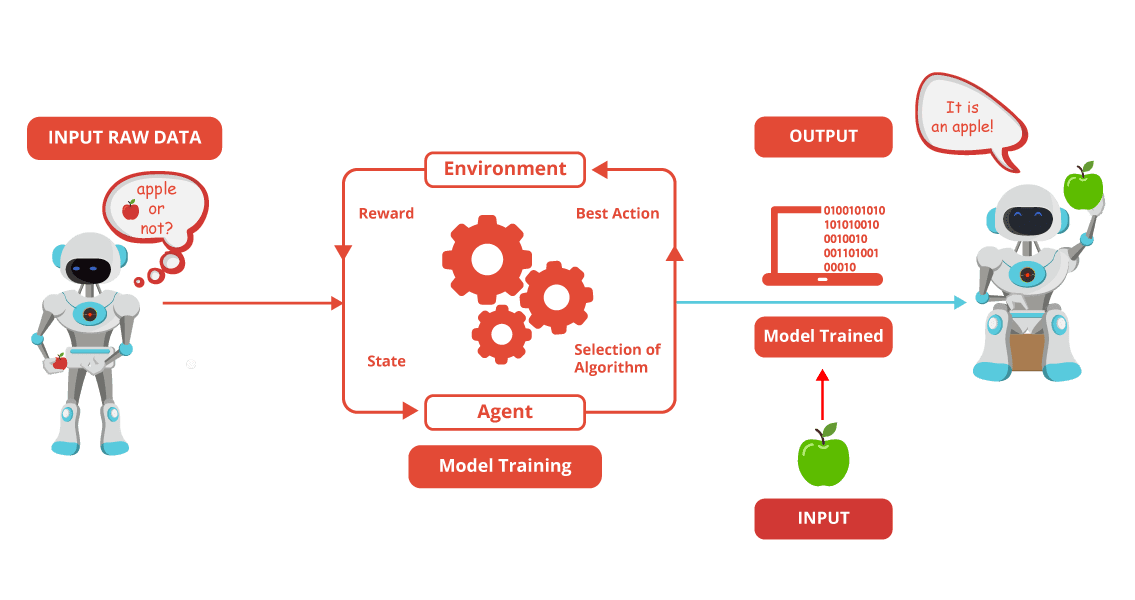
Improved Data Quality and Consistency
In AI development, the quality of the training data is as critical as the algorithms themselves. No matter how advanced the model architecture is, it can only perform as well as the data it is trained on. Poorly labeled data can lead to inaccurate predictions, bias in results, and unreliable performance, ultimately undermining the entire AI system. Pre-labeled data addresses these issues by providing high-quality, consistent annotations that improve the reliability of AI models.
Challenges of Manual Data Labeling
Manual data labeling is inherently prone to human error and inconsistency. Common issues include:
- Subjectivity in annotations: Different labelers may interpret the same data differently, leading to variability in the labeling process.
- Lack of domain expertise: In specialized fields like healthcare or legal services, inexperienced labelers may struggle to provide accurate annotations, resulting in low-quality data.
- Scalability constraints: As datasets grow larger, maintaining consistency across annotations becomes increasingly challenging.
These problems not only affect model performance but also require additional quality checks and re-labeling efforts, which can significantly slow down AI development.
How Pre-Labeled Data Ensures Quality and Consistency
Pre-labeled datasets are often curated by experts or generated using advanced tools, ensuring high standards of accuracy and consistency. Key factors that contribute to improved data quality in pre-labeled datasets include:
Expertise in Annotation: Pre-labeled datasets are frequently created by professionals with domain-specific knowledge. For instance, medical image datasets are often annotated by radiologists or other healthcare experts, ensuring that the labels are both accurate and meaningful.
Standardized Processes: Pre-labeled data providers use well-defined guidelines and standardized processes to annotate datasets, minimizing variability and ensuring uniformity across the entire dataset.
Automated Validation: Many providers utilize automated validation tools to identify and correct errors in annotations, further enhancing the quality of the data.
Rigorous QA Practices: Pre-labeled datasets undergo multiple rounds of quality assurance, ensuring that errors and inconsistencies are addressed before the data is made available to users.
Impact on Model Performance
Consistent, high-quality labeled data significantly improves the performance of AI models by:
- Reducing noise in the training data, enabling the model to learn more effectively.
- Improving the generalization capabilities of the model, resulting in better performance on unseen data.
- Minimizing the risk of biased predictions caused by incorrect or inconsistent labels.
For example, in NLP applications, pre-labeled sentiment analysis datasets ensure that text samples are consistently labeled as “positive,” “negative,” or “neutral,” preventing ambiguity in the training process. Similarly, in computer vision, pre-labeled datasets for object detection ensure that bounding boxes are accurately drawn and labeled, enabling precise model training.
Case Study: Enhancing Image Recognition in Retail
A leading e-commerce platform aimed to improve its product recommendation system by implementing an AI-powered image recognition model. The team initially relied on manually labeled datasets but faced significant challenges with inconsistent annotations. For instance, some labelers classified products by color (e.g., “red shirt”), while others focused on style (e.g., “formal shirt”), resulting in poor model performance.
By switching to a pre-labeled dataset tailored for retail applications, the company achieved consistent and accurate annotations across all product categories. This improved the model’s ability to identify product attributes, leading to more accurate recommendations and an enhanced customer experience.
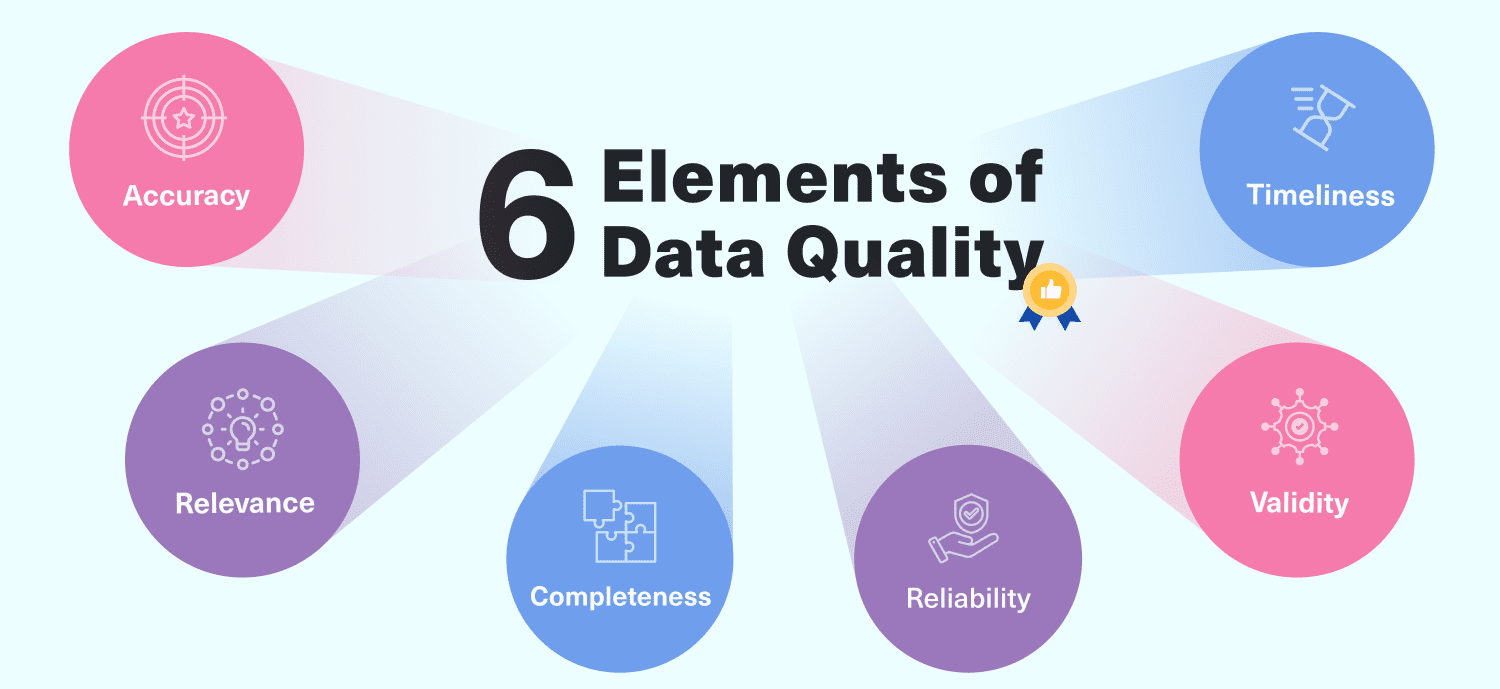
Scalability for Complex AI Projects
AI projects are growing increasingly complex, with organizations tackling larger datasets, addressing diverse domains, and handling intricate use cases. For instance, a single project might involve building models that require labeled images, text, and audio data. Scaling such projects efficiently demands a robust and scalable data infrastructure—a need that pre-labeled data fulfills effectively.
Challenges of Scaling Manual Labeling
When scaling AI projects, the traditional approach to data labeling encounters significant hurdles:
- Volume: The sheer size of datasets required for training large-scale AI models can overwhelm even the most well-staffed annotation teams.
- Diversity: Complex projects often involve datasets spanning multiple domains, modalities (e.g., text, images, video, or audio), or languages, requiring a diverse set of skills and expertise from labelers.
- Quality Assurance: As dataset sizes grow, ensuring consistent and accurate annotations becomes exponentially more difficult, requiring more robust quality control mechanisms.
- Time Constraints: Scaling manual data labeling to handle complex projects often results in extended timelines, slowing down the AI development process.
These challenges make it nearly impossible for organizations to efficiently scale their labeling efforts without incurring significant costs or delays.
How Pre-Labeled Data Enables Scalability
Pre-labeled data is inherently scalable, offering organizations the ability to access massive, high-quality datasets that cater to diverse project requirements. Here’s how:
- Ready-to-Use Datasets: Pre-labeled data providers offer access to large datasets that are professionally annotated and validated, reducing the need for in-house efforts.
- Support for Multiple Modalities: Pre-labeled datasets are available for a wide range of data types, including images, text, audio, and video, enabling organizations to scale projects that require multimodal inputs.
- Global Coverage: Many providers offer multilingual datasets or region-specific annotations, making it easier to scale AI projects for global audiences.
- Integration with Tools and APIs: Some pre-labeled data providers offer APIs and tools that allow organizations to integrate pre-labeled datasets directly into their workflows, streamlining the process of scaling AI projects.
Example: Multilingual NLP at Scale
Scaling a natural language processing (NLP) project to support multiple languages is a classic example of where pre-labeled data shines. Suppose a company is developing an AI-powered chatbot for customer support that needs to understand and respond in 10 languages. Manually labeling text data for each language would require:
- Recruiting native speakers for annotation.
- Establishing linguistic guidelines for consistent labeling.
- Ensuring quality across all languages.
This process would be both time-consuming and expensive. However, by leveraging pre-labeled datasets for multilingual NLP, the company can skip these steps and access high-quality training data in all required languages. As a result, the development team can focus on building and refining the chatbot’s capabilities, rather than grappling with the challenges of data labeling.
Future-Proofing for Expanding AI Use Cases
The scalability of pre-labeled data also positions organizations to tackle future AI use cases with ease. For example:
- As AI models become more sophisticated, they often require additional training data to handle new tasks or scenarios. Pre-labeled data ensures that organizations can quickly source the data they need to expand their models.
- For enterprises pursuing AI innovations across multiple departments (e.g., customer service, marketing, and operations), pre-labeled datasets provide the flexibility to address varied project requirements without overextending internal resources.
By enabling scalability, pre-labeled data empowers organizations to tackle complex AI projects with confidence, ensuring that they can adapt to evolving demands and opportunities in the AI landscape.

Access to Specialized Datasets and Expertise
AI systems are only as effective as the data they are trained on, and certain use cases require highly specialized labeled datasets to achieve the desired level of accuracy. Whether it’s medical imaging, autonomous vehicle datasets, or financial fraud detection, pre-labeled data provides organizations with access to niche, domain-specific datasets that would be difficult or impossible to create in-house.
The Need for Specialized Data
In many industries, AI models must be trained on datasets that reflect the complexities and nuances of the domain. Examples include:
- Healthcare: Annotated medical images (e.g., X-rays, MRIs) with labels provided by radiologists.
- Autonomous Vehicles: Video datasets with detailed annotations for objects like pedestrians, traffic lights, and lane markings.
- Finance: Datasets containing labeled transactions to identify patterns of fraud or suspicious behavior.
Creating such datasets internally requires not only domain expertise but also significant investments in tools, processes, and resources—an approach that is often impractical for many organizations.
How Pre-Labeled Data Provides Access to Expertise
Pre-labeled data providers collaborate with domain experts to create high-quality, specialized datasets tailored to specific use cases. Key benefits include:
- Domain Expertise: Providers often employ or consult professionals with deep knowledge of the target domain (e.g., medical practitioners, legal experts, or financial analysts) to ensure the accuracy and relevance of annotations.
- Access to Rare Datasets: Some providers curate rare or hard-to-obtain datasets, such as annotated data for rare diseases, autonomous driving in extreme weather conditions, or niche financial transactions.
- Custom Annotations: Many pre-labeled data platforms offer customization services, allowing organizations to specify their unique requirements and receive datasets tailored to their needs.
Example: Medical Imaging AI
Developing an AI model to detect early signs of diseases like cancer requires training data that is both extensive and highly accurate. Pre-labeled datasets for medical imaging, annotated by radiologists, provide a cost-effective and reliable solution for training these models. Without access to such datasets, AI developers would face significant barriers, including:
- Recruiting medical professionals for annotation tasks.
- Setting up infrastructure to handle sensitive patient data securely.
- Ensuring compliance with regulations such as HIPAA or GDPR.
By leveraging pre-labeled medical imaging datasets, developers can bypass these challenges, enabling faster and more accurate development of AI-powered diagnostic tools.
Collaborative Potential with Data Providers
Another advantage of pre-labeled data is the opportunity for collaboration with data providers. Many providers offer consulting services or partnerships, allowing organizations to benefit from their expertise in data annotation, domain knowledge, and AI best practices. This collaboration can lead to better outcomes and more innovative AI solutions.
Case Studies
Case Study: Retail Visual Search Engine
A leading e-commerce company sought to build a visual search engine that allowed users to upload photos of clothing items and find similar products on the platform. The development team initially faced significant delays because manually labeling their dataset of 500,000 images required annotating attributes such as color, material, pattern, and category.
By switching to a pre-labeled dataset designed for fashion applications, the team gained access to a dataset where every image was already annotated with detailed attributes, such as:
- Color labels (e.g., “red,” “navy blue”).
- Material classifications (e.g., “cotton,” “silk”).
- Style categories (e.g., “formal,” “casual”).
The pre-labeled dataset allowed the team to bypass months of manual labeling work. Within a matter of days, they integrated the data into their machine learning pipeline, trained the model, and deployed a functional prototype. This speed not only allowed them to demonstrate the product to stakeholders sooner but also provided room for iterative improvements based on user feedback.
Key Outcome: By leveraging pre-labeled data, the company reduced the time to market by 60%, gaining a significant competitive edge in the e-commerce space.
Case Study: Medical Imaging for Cancer Detection
A healthcare startup focused on developing an AI-powered tool for detecting breast cancer in mammograms faced challenges with inconsistent labeling from their manually annotated dataset. Medical imaging data is complex, and even minor discrepancies in annotations—such as the precise location of tumors—can result in suboptimal model performance. Manual annotation required recruiting radiologists, which was both expensive and slow.
The team decided to use a pre-labeled dataset of mammograms annotated by certified radiologists. This dataset featured:
- Highly detailed annotations, including bounding boxes and segmentation maps for tumor regions.
- Metadata describing tumor types, sizes, and stages.
- A consistent labeling standard across the entire dataset.
With this pre-labeled dataset, the startup trained its AI model to achieve a higher level of accuracy in identifying early-stage breast cancer. Consistent annotations ensured that the model could learn patterns without being confused by noise or inconsistencies in the training data.
Key Outcome: The startup improved the model’s diagnostic accuracy by 15% compared to their previous manually labeled dataset, and the AI tool received regulatory approval within a year, fast-tracking its launch into the market.
Case Study: Fraud Detection in Financial Transactions
A fintech company working on fraud detection aimed to develop a machine learning model capable of identifying suspicious transactions in real-time. The project required a labeled dataset of financial transactions, where each transaction was tagged as “fraudulent” or “legitimate.” The team initially attempted to label the data internally, but the sheer volume of data—millions of transactions spanning multiple geographic regions—posed a significant challenge.
The company decided to purchase a pre-labeled dataset from a provider specializing in financial data. The dataset included:
- Labels for common fraud patterns, such as identity theft, phishing scams, and account takeovers.
- Metadata such as transaction time, location, and type of payment.
- High-quality annotations verified by domain experts familiar with financial fraud.
By using the pre-labeled dataset, the company not only avoided the high costs of assembling an in-house annotation team but also gained access to insights from experts who had worked on similar datasets across the industry.
Key Outcome: The fintech company reduced its labeling costs by 70% and deployed a fraud detection model that detected fraudulent transactions with 95% accuracy, saving millions in potential losses for its clients.
Case Study: Autonomous Driving in Urban and Extreme Weather Conditions
An autonomous vehicle (AV) company faced challenges scaling its AI systems to handle a broader range of driving scenarios. Initially, the company trained its models using manually labeled datasets of urban driving conditions in clear weather. However, expanding the system to cover adverse weather conditions, such as rain, fog, and snow, required extensive data collection and labeling—tasks that were both resource-intensive and time-consuming.
To overcome these challenges, the company turned to a pre-labeled dataset provider specializing in autonomous vehicle data. The provider delivered a dataset that included:
- Annotated videos of driving scenarios in urban, suburban, and rural areas.
- Labels for diverse weather conditions, including fog, heavy rain, and snow.
- Object detection annotations for pedestrians, vehicles, road signs, and traffic lights.
The availability of this dataset allowed the company to scale its training pipeline significantly. The pre-labeled data also ensured consistency across annotations, which was critical for improving the model’s ability to generalize across different environments.
Key Outcome: The AV company reduced the time required to expand its model to new weather conditions by 50%, accelerating its roadmap for deploying fully autonomous vehicles in diverse geographies.
Case Study: Legal Document Analysis for Contract Review
A legal tech startup aimed to build an AI-powered tool to assist law firms in reviewing contracts and identifying key clauses, risks, and obligations. Developing such a system required training the AI on a dataset of legal documents, annotated with labels for clauses like “termination conditions,” “payment terms,” and “confidentiality agreements.” However, annotating these documents required legal expertise, which made manual labeling prohibitively expensive and time-consuming.
The startup partnered with a pre-labeled data provider specializing in legal datasets. The provider offered:
- A dataset of thousands of contracts and agreements, annotated by practicing attorneys.
- Detailed labels for over 50 types of clauses and subclauses, mapped to industry standards.
- Metadata indicating document types, industries, and jurisdictions.
The pre-labeled dataset not only saved the startup from hiring a team of lawyers for annotation but also provided insights into best practices for labeling legal documents, helping the team refine its machine learning models.
Key Outcome: The startup launched its contract review tool six months ahead of schedule, gaining early traction with law firms and securing a Series A funding round.
Integrating Case Studies Across the Benefits
Each of these case studies illustrates the tangible advantages of using pre-labeled data:
- Speed: Accelerating development timelines by eliminating bottlenecks in data preparation.
- Quality: Achieving higher accuracy and reliability through consistent, expert annotations.
- Cost Savings: Avoiding the high costs of manual labeling by leveraging ready-made datasets.
- Scalability: Tackling complex, large-scale projects with diverse and multimodal datasets.
- Specialization: Gaining access to domain-specific expertise that would be difficult to replicate internally.
By applying these lessons, organizations across industries can unlock the full potential of AI, creating innovative solutions that address real-world challenges efficiently and effectively.

Conclusion
Pre-labeled data is a transformative resource for organizations looking to accelerate AI development, optimize costs, and deliver high-quality results. By addressing the challenges of manual data labeling and offering ready-to-use, domain-specific datasets, pre-labeled data empowers AI teams to focus on innovation and achieve faster time-to-market.
The five key benefits of pre-labeled data—faster model training and deployment, improved data quality and consistency, cost efficiency, scalability, and access to specialized datasets—highlight its value as a cornerstone of modern AI development. Whether you’re a startup working on a proof-of-concept model or an enterprise scaling AI across multiple domains, pre-labeled data provides the tools and flexibility needed to stay competitive in an increasingly data-driven world.
By embracing pre-labeled data, organizations can unlock new opportunities, tackle complex challenges, and pave the way for transformative AI solutions that drive progress and innovation.




